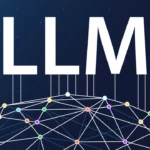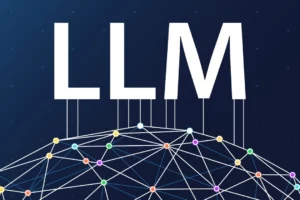Imagine having a delicious cake recipe that you perfected over years. Wouldn’t it be great if you could use the same basic ingredients and techniques to whip up a batch of muffins, cookies, or even pancakes? That’s the essence of transfer learning, a powerful technique in artificial intelligence (AI) that allows you to repurpose trained AI models for new tasks.
Why Transfer Learning?
Training an AI model from scratch is like baking a cake from scratch – it requires a lot of time, effort, and ingredients (data). Transfer learning is like using a cake mix – you leverage the pre-existing knowledge and skills (the pre-trained model) and adapt them to a new context (the new task). This can lead to:
- Faster Training: Instead of starting from scratch, you can leverage the pre-trained model’s existing knowledge, reducing the amount of data and training time needed for the new task.
- Better Performance: Pre-trained models have already learned valuable features and representations from the data they were trained on. This can give them a head start on learning the new task, leading to better performance compared to training from scratch.
- Reduced Data Requirements: Many tasks, especially in specialized domains, might not have access to large amounts of data. Transfer learning allows you to leverage the knowledge from a pre-trained model on a related task, even if you have limited data for the new task.

How Does Transfer Learning Work?
The basic idea behind transfer learning is to:
- Choose a pre-trained model: Select a model that has been trained on a task that is related to the new task you want to solve. For example, if you want to build a model to classify images of cats and dogs, you could use a pre-trained model that has already been trained on a large dataset of images.
- Fine-tune the model: Adapt the pre-trained model to the new task by adjusting its parameters. This is often done by adding a few new layers to the model that are specific to the new task.
- Train the model: Train the fine-tuned model on the data for the new task.
Real-World Examples of Transfer Learning
Transfer learning is being used in a wide range of applications, including:
- Computer vision: Pre-trained models like VGG and ResNet are often used as the starting point for tasks like image classification, object detection, and image segmentation.
- Natural language processing: Models like BERT and GPT-3 can be fine-tuned for tasks like sentiment analysis, text summarization, and machine translation.
- Robotics: Pre-trained models can help robots learn to grasp objects, navigate environments, and interact with the world.
The Future of Transfer Learning
As AI models become more complex and powerful, transfer learning will play an increasingly important role in developing new AI applications. We can expect to see:
- More pre-trained models: The availability of pre-trained models for a wider range of tasks will make it even easier to apply transfer learning.
- Better fine-tuning techniques: New methods for fine-tuning pre-trained models will lead to even better performance on new tasks.
- Automated transfer learning: Tools that can automatically select and fine-tune pre-trained models for specific tasks will make it easier for anyone to leverage the power of transfer learning.
Transfer learning is a powerful tool that can democratize AI development, making it easier and faster to build intelligent systems for a wide range of tasks. As this technology continues to evolve, we can expect to see even more innovative and impactful applications emerge in the future.
I hope this blog post gives you a good overview of transfer learning. If you have any questions, please feel free to ask!
















Add Comment